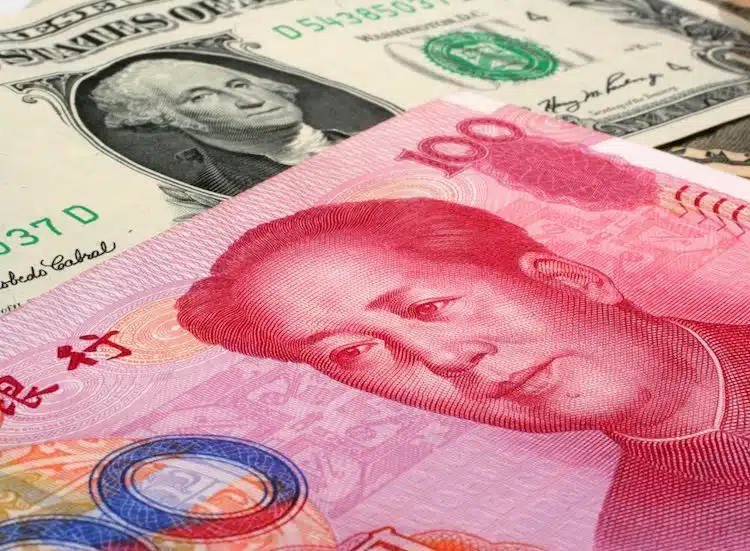The yuan, also known as the renminbi, is the official currency of the People’s Republic of China. It has been subject to a lot of scrutiny in recent years due to its perceived undervaluation, which some countries claim is a deliberate strategy employed by the Chinese government to boost their exports. Regardless of the reason, the PBOC has been steadfast in its control of the yuan’s rate on the mainland, which is known as onshore yuan (CNY).
The onshore yuan differs from the offshore one (CNH) in trading restrictions, with the latter not being as tightly controlled. The CNH is mainly used for investments, trade, and other financial activities conducted outside of mainland China. As such, it’s often viewed as more market-driven, as opposed to the CNY, which is more susceptible to government influence.
To keep the yuan at an optimal level, the PBOC sets a daily midpoint fix each morning. The fix is based on the yuan’s previous day’s closing level and quotations taken from the inter-bank dealer. For instance, in recent trade today, the PBOC set the yuan at 6.8749 compared to the previous fix of 6.8714 and the previous close of 6.8795. The rationale behind this is that the central bank wants to maintain a certain level of stability in the yuan’s exchange rate.
For China, keeping the yuan afloat is not just a matter of financial stability, but it’s also a matter of national pride. The yuan’s growing prominence in international commerce has given China a unique opportunity to challenge the dominance of the US dollar and strengthen its position among the world’s economic powers. Furthermore, the yuan’s status as a reserve currency could help China to reduce its reliance on the dollar in international transactions.
However, the PBOC must be cautious in how it manages the yuan. If it artificially inflates its value, it could lead to some unintended consequences. For example, a stronger yuan could hurt China’s exports by making its products more expensive and less competitive globally. On the other hand, if the yuan gets too weak, it could trigger capital outflows, leading to a shortage of foreign currency reserves and posing economic risks.
To balance the scale between these two extremes, the PBOC uses several tools at its disposal. One such tool is the midpoint fix, which allows the bank to steer the yuan in the direction it deems most appropriate. Additionally, the PBOC may use interest rates, reserve ratios, and other financial policies to regulate the yuan’s exchange rate.
In conclusion, the PBOC’s firm control of the yuan’s exchange rate is part of China’s larger strategy to promote its currency as a viable alternative to the US dollar in international trade. However, the bank must tread cautiously and use various tools to ensure the yuan stays afloat without creating undue economic risks. As China continues to develop and open its financial markets, the yuan’s role in global finance will only grow, making it all the more important to maintain its stability.


